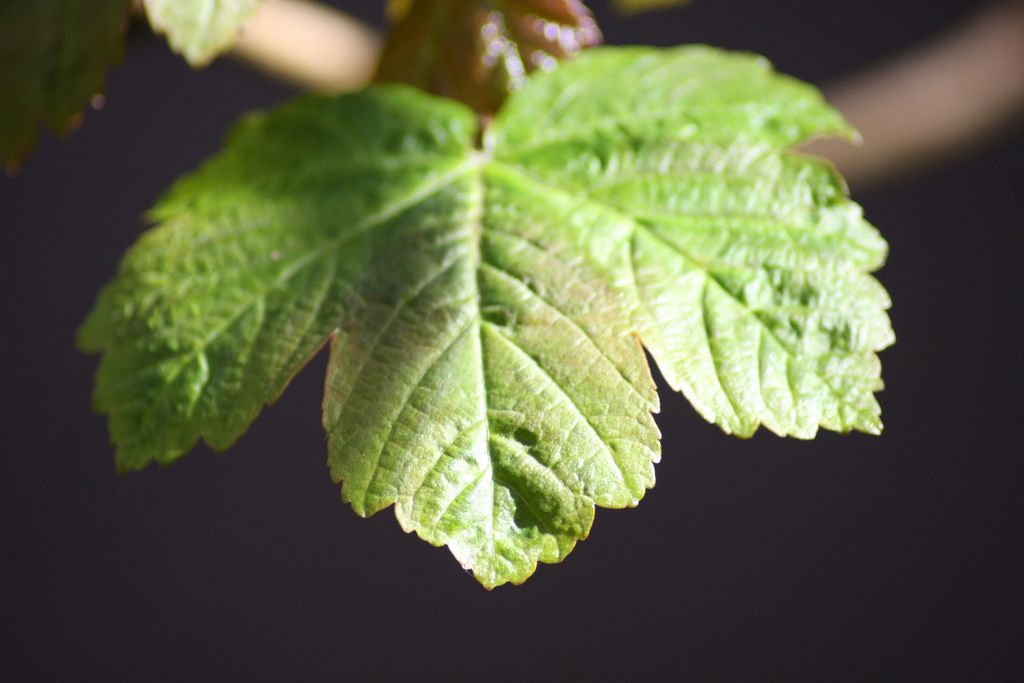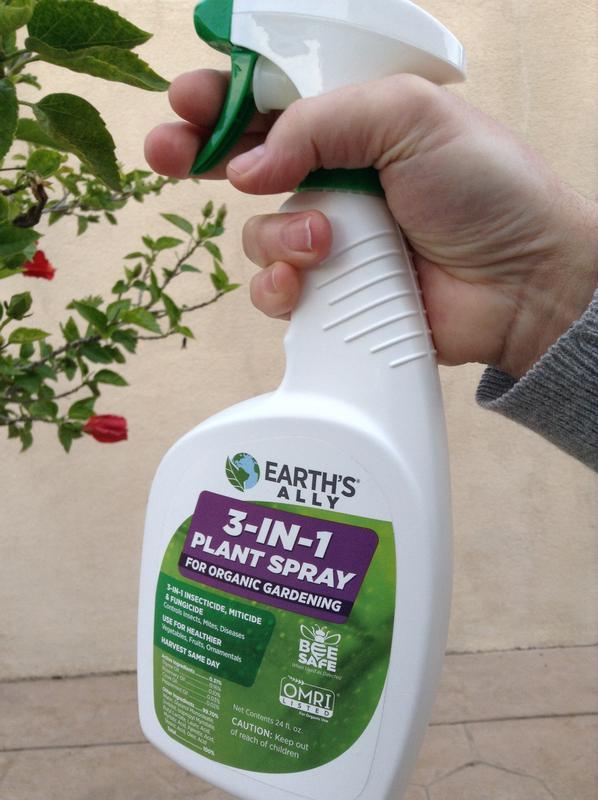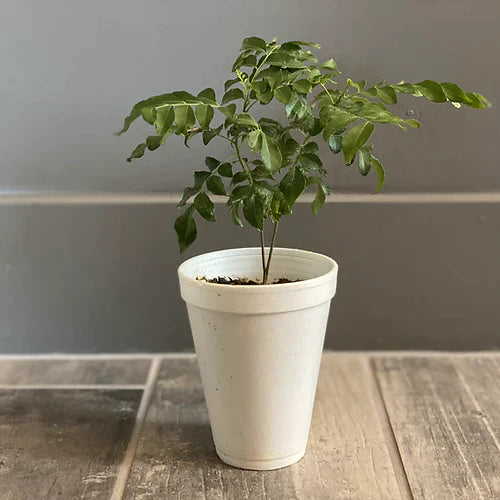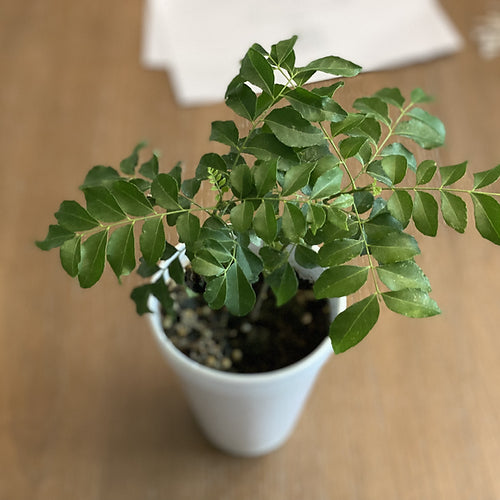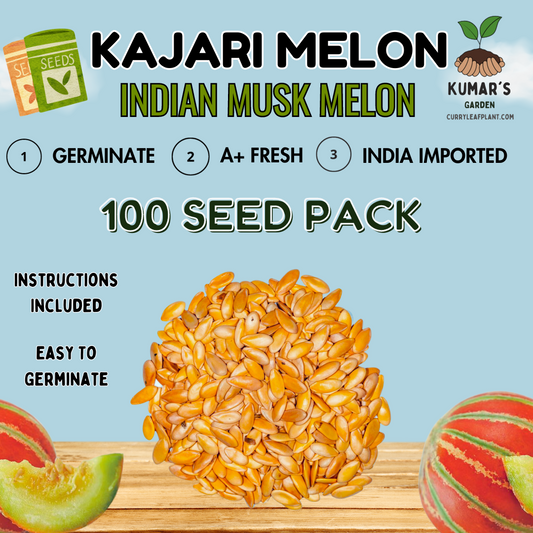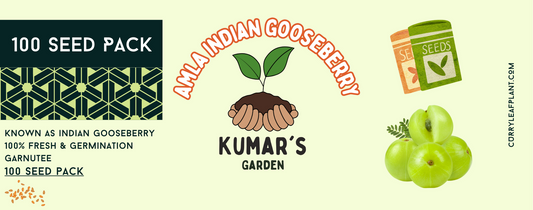Curry leaf plants are susceptible to powdery mildew and spider mite infestations, which can hinder their growth and health. In this article, we will explore effective tactics to combat these issues and ensure the well-being of your curry leaf plants.
Key Takeaways
- Early detection of powdery mildew and spider mite infestations is crucial for effective treatment.
- Maintaining optimal growing conditions can prevent powdery mildew and spider mites from infesting curry leaf plants.
- Natural pest control methods, such as neem oil and insecticidal soap, are effective in preventing and treating powdery mildew and spider mites.
- Regular pruning and sanitation practices help in controlling powdery mildew and spider mite infestations on curry leaf plants.
- Organic fungicide application is an effective treatment for powdery mildew on curry leaf plants.
Best Product Comparison - Pick One
| Product | Description | Size | Purpose | Image | Link |
|---|---|---|---|---|---|
| BioAdvanced Organics Brand Neem Oil | Ready-to-Use | 24 oz | Insecticide, Fungicide, and Spider Mite Control | Amazon Link | |
| Mighty Mint 32 oz Peppermint Plant Protection Spray - Kit | For Spider Mites, Insects, Gnats, Fungus, and Disease | 32 oz | Insecticide and Fungicide | Amazon Link | |
| Earth's Ally 3-in-1 Plant Spray | Insecticide, Fungicide & Spider Mite Control | 24 oz | Insect & Pest Repellent, Antifungal Treatment | Amazon Link |
Identifying Powdery Mildew and Spider Mites
Recognizing Powdery Mildew Symptoms
Powdery mildew is a common fungal disease that can severely affect curry leaf plants, manifesting as a distinctive white or gray powdery coating on the leaves and stems. Early detection is crucial for effective management of this disease.
Symptoms to look out for include:
- White, powdery spots or patches on the foliage
- Yellowing leaves that may turn brown and dry
- Distorted or twisted leaves
- Reduced vigor and stunted growth
It's important to regularly inspect your curry leaf plants for these symptoms, especially during warm, dry conditions when powdery mildew tends to thrive.
By recognizing these signs promptly, you can take immediate action to mitigate the spread of powdery mildew and protect your plants' health
Identifying Spider Mite Infestation
Spider mites are tiny pests that can wreak havoc on curry leaf plants, often going unnoticed until significant damage has occurred. Look for fine webbing on the underside of leaves, a telltale sign of their presence. Leaves may also appear speckled or discolored, indicating the mites have been feeding.
To confirm an infestation, you can perform a simple test:
- Gently shake a leaf over a piece of white paper.
- Tap the leaf to dislodge any mites.
- Look for moving specks on the paper; these are likely spider mites.
Early detection is crucial in managing spider mite populations and preventing extensive damage to your curry leaf plants. Regular inspections are key, especially during warm, dry conditions when mites thrive.
If you discover spider mites, it's important to act quickly to control the infestation and protect your plants. Various treatment options are available, ranging from natural predators to miticides. Consistent monitoring and timely intervention can help keep your curry leaf plants healthy and productive.
Preventive Measures for Curry Leaf Plants
Optimal Growing Conditions
Providing optimal growing conditions for curry leaf plants is crucial in preventing the onset of powdery mildew and spider mite infestations. Proper sunlight, watering, and air circulation are key factors in maintaining healthy plants less susceptible to pests and diseases.
- Sunlight: Curry leaf plants require full to partial sunlight. Ensure they receive at least 6 hours of direct sunlight daily.
- Watering: Overwatering can lead to fungal growth. Water the plants when the top inch of soil is dry to the touch.
- Air Circulation: Good air flow around the plants helps prevent the high humidity that powdery mildew thrives in.
By maintaining these conditions, you not only promote vigorous growth but also enhance the plant's natural defenses against pests and diseases. Remember, a stressed plant is more vulnerable to problems.
Natural Pest Control Methods
Implementing natural pest control methods can be highly effective in preventing infestations of spider mites and powdery mildew on curry leaf plants. Introducing beneficial insects, such as ladybugs and lacewings, can help control spider mite populations by preying on them.
Here are some natural remedies to consider:
- Neem oil: A natural pesticide that can deter both spider mites and powdery mildew.
- Insecticidal soap: Safe for plants, it can eliminate spider mites upon contact.
- Essential oils: Oils like peppermint and rosemary can repel pests without harming the plant.
Consistent application of these natural methods is key to maintaining the health of your curry leaf plants and preventing pest outbreaks.
Remember to always test a small area of the plant before applying any treatment to the entire plant, as sensitivity can vary. Regular monitoring of your plants will also help you to act quickly at the first sign of an issue, keeping your curry leaf plants healthy and thriving.
Effective Treatment for Powdery Mildew
Organic Fungicide Application
After identifying powdery mildew on your curry leaf plants, organic fungicide application is a crucial step in effective treatment. These fungicides are derived from natural sources and are less harmful to the environment compared to synthetic alternatives.
- Neem oil: A natural fungicide that also acts as a pest repellent.
- Baking soda solution: Mix 1 tablespoon of baking soda with 1 gallon of water.
- Milk spray: A mixture of 40% milk and 60% water can be effective.
Regular application of these solutions can help in controlling the spread of powdery mildew. It is important to follow the instructions for each organic fungicide to avoid damaging the plants.
Remember to thoroughly coat the leaves and stems of the plant, as powdery mildew tends to affect all parts. Reapplication every 7 to 10 days may be necessary during the growing season, especially in humid conditions.
Pruning and Sanitation Practices
Maintaining a rigorous pruning and sanitation regimen is crucial for controlling powdery mildew on curry leaf plants. Remove and destroy infected leaves to prevent the spread of the fungus. It's essential to sanitize pruning tools with a solution of bleach or alcohol to avoid contaminating healthy plants.
Regularly cleaning up fallen debris and avoiding overhead watering can also reduce the humidity that powdery mildew thrives in.
Here are additional sanitation practices to follow:
- Disinfect pots and gardening tools before reuse.
- Keep the garden free of weeds and plant debris.
- Ensure proper spacing between plants to improve air circulation.
- Avoid working with plants when they are wet to minimize the spread of spores.
Conclusion
In conclusion, combating powdery mildew and spider mites on curry leaf plants requires a multi-faceted approach. By implementing the effective tactics discussed in this article, you can protect your curry leaf plants and ensure their continued health and vitality. With proper care and attention, you can successfully manage these common issues and enjoy thriving curry leaf plants in your garden.
Frequently Asked Questions
What are the common symptoms of powdery mildew on curry leaf plants?
Common symptoms of powdery mildew on curry leaf plants include white or gray powdery patches on the leaves, distorted leaf growth, and leaf drop.
How can I identify spider mite infestation on my curry leaf plants?
Spider mite infestation on curry leaf plants can be identified by the presence of tiny webbing on the leaves, stippling or yellow speckling on the upper leaf surface, and overall decline in plant health.
What are the optimal growing conditions for preventing powdery mildew and spider mites on curry leaf plants?
Optimal growing conditions for curry leaf plants include providing sufficient air circulation, maintaining moderate humidity levels, and avoiding overcrowding of plants.
Are there natural pest control methods that can help prevent powdery mildew and spider mites on curry leaf plants?
Yes, natural pest control methods such as neem oil spray, insecticidal soap, and introducing beneficial insects like ladybugs can help prevent powdery mildew and spider mites on curry leaf plants.
How can I apply organic fungicide to treat powdery mildew on curry leaf plants?
Organic fungicides like sulfur-based sprays or potassium bicarbonate can be applied to treat powdery mildew on curry leaf plants. Follow the instructions on the product label for proper application.
What pruning and sanitation practices are effective for treating powdery mildew on curry leaf plants?
Pruning affected plant parts, removing fallen leaves, and maintaining good air circulation can help control powdery mildew on curry leaf plants. It is important to dispose of pruned plant material properly to prevent the spread of the disease.

